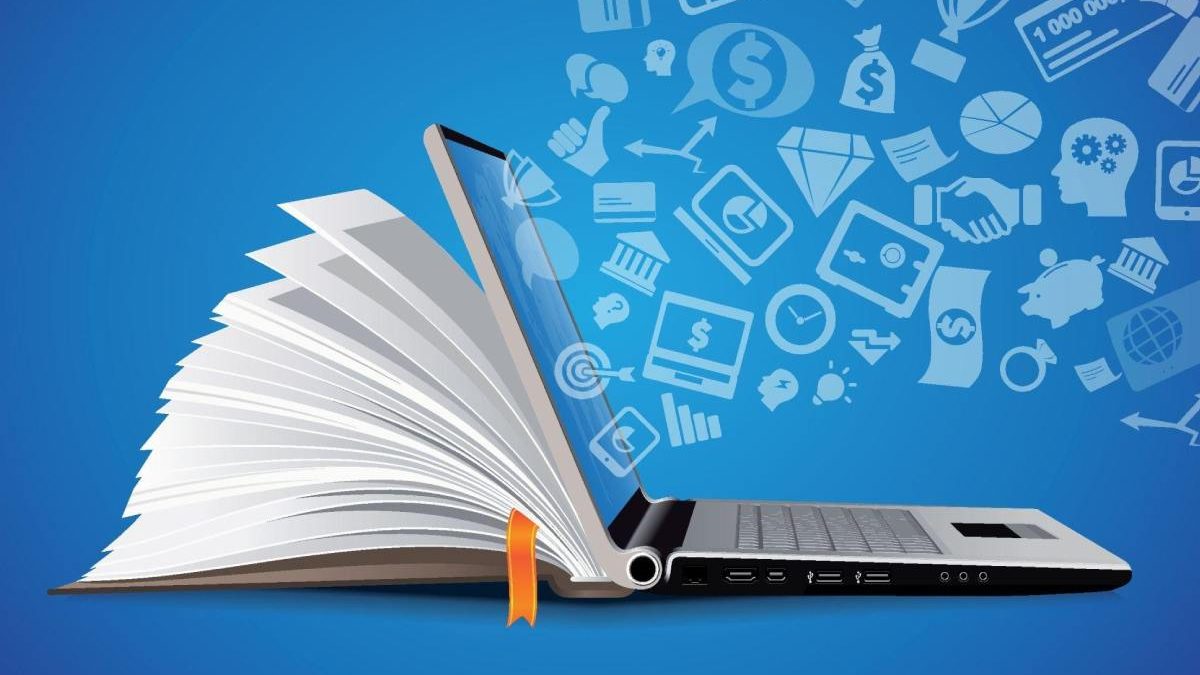The emergence of the digital age has significantly changed the way people learn and interact with one another. The use of technology has revolutionised the education system, changing the traditional approach to pedagogy and opening up new possibilities for teaching and learning. This article will explore the changing dynamics of teaching and learning in the digital age, with particular focus on the impact of technology on pedagogy and the challenges faced with its integration.
Table of Contents
Definition of Technology and Pedagogy
Technology can be defined as the use of scientific knowledge for practical purposes, such as in the development of tools, machines, and processes that help to improve work efficiency. Pedagogy, on the other hand, refers to the methods and strategies used in teaching and the process of delivering knowledge and skills to students.
Overview of the Changing Dynamics of Teaching and Learning in the Digital Age
The digital age has seen a dramatic shift in the traditional pedagogical approaches, with students having access to vast amounts of information and resources at the click of a button. Technology has become an integral part of the learning process, with the use of computers, laptops, tablets, and interactive whiteboards in classrooms. There is now increased use of digital learning content and online learning platforms, as well as the emergence of smart boards, which allow teachers and students to share documents and notes, and facilitate collaborative learning.
In the broader context of educational technology, it’s fascinating to consider the nuances of language learning. Advanced AI models have enabled real-time, accurate translations, which can be a powerful tool for learners. Many think that machine translation will replace language teachers. The reality is that machine translation is changing the landscape of foreign language learning by assisting educators in quickly creating multilingual content that will motivate students in their journey toward proficiency and linguistic mastery.
The Impact of Technology on Pedagogy
Technology has enabled greater accessibility of content and materials, making it easier for students to access information from anywhere, anytime. With the use of multimedia content such as videos, audio, images, and online articles, students are able to engage with material in more interactive and interesting ways. Furthermore, technology has opened up new possibilities for personalised learning, allowing students to tailor their learning experience to their individual needs.
The Use of Technology in Pedagogy
Technology has become an integral part of the learning process, with the use of computers, laptops, tablets, and interactive whiteboards in classrooms. There is now increased use of digital learning content and online learning platforms, as well as the emergence of smart boards, which allow teachers and students to share documents and notes, and facilitate collaborative learning. Furthermore, the use of writing services (check Grade Miners review), has become increasingly popular among students who need help with their assignments. For those who are looking for more information about such services, they can refer to reviews and ratings from websites such as academichelp.net, which are written by professionals such as Johannes Helmold, who is an experienced reviewer and editor.
Challenges Faced with Technology Integration
There are several challenges associated with the integration of technology into the classroom. First, there is the cost of purchasing hardware, software, and other materials, as well as the need for professional development. Teachers must also be trained in the use of technology, and there is the need to accommodate the technology into the existing curriculum. Finally, there are security issues to consider, such as cyber security threats and data privacy and security concerns.
Conclusion
In conclusion, technology has revolutionized the way teaching and learning is conducted in the digital age. There is increased accessibility of content, with students having access to more materials from anywhere, anytime. There is also increased use of technology in pedagogy, with the use of smart boards, online learning platforms, and digital content to engage and motivate students. However, there are challenges associated with technology integration, such as cost, security issues, and the need for teacher training. In spite of these challenges, technology remains an integral part of the learning process, and its role in pedagogy is expected to become even more prominent in the future.

